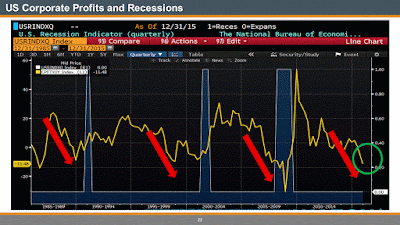Ready To Retire: Part 3
A reader writes:
Hi
Scott,
I read with
interest your success story of the couple who turned a couple hundred thousand
in savings and a $400,000 house into $2.7 million over 15 years.
I am
re-evaluating my current advisor's approach and I am curious to know the
actions taken to achieve such a high rate of growth.
Can you tell
me whether the growth in RRSPs and Non-Registered accounts was attributable to
simply letting the money grow, or whether the increase is based on significant
annual contributions by the couple (e.g. tens of thousands a year) over a 15
year period? Or does the growth also include the commuted value of a
pension that has transferred into assets? Or does it include drawing down
on a HELOC and investing the equity?
By my
calculations, to get the almost 1.6 million in non-registered accounts, TFSAs,
and RRSPs the couple would have to have invested roughly 35,000 every year over
the 15 years on top of an initial 300,000k investment, with an average return
of 7% after fees.
Your story
certainly provides some hope that responsible savings and investing can yield
one's retirement dreams.
Any insights
on this couple's, and your, approach would be most appreciated.
Regards,
My response:
An excellent question and yes you are correct, they were good
savers and that is why it is a story that I love to tell: about the impact of planning
ahead and sticking with it.
They are / were both working, so they were able to save approx.
$25-50,000 per year, depending on the year (more in recent years).
And you know your present value / future value math, because
their balanced and diversified (mostly ETF) portfolio did earn, after fees, a
little under 7% annually over this time (including an approx. -15% in 2008).
They did their job (saving) and we did ours: drafting a
reasonably prudent risk–adjusted return portfolio based on their goals.
And re-balancing it regularly. This is so important, because
assets that grow and out-perform need to be kept within the specified
allocation per-cent by being trimmed back from time to time (a form of
profit-taking, if you will). The cash from this gets re-distributed to the
under-performing assets and over time as a cycle progresses, under-performers
perform better and out-performers lag and the portfolio benefits from these
adjustments. It is also important to be careful about when to put new cash to
work. Our job is also to do that with prudence and not just at any price. We
are always cautious about finding good value for putting new money to work.
Sitting in cash while over-priced markets run their course can
be very rewarding.
Regular monitoring and re-aligning with a financial plan (we
call it a wealth forecast) are also crucial: life is a dynamic situation and
changes happen that need to be accounted for and if necessary a strategy needs
to be re-worked.
So call it a good team effort: the “couple” in question stuck to
their plan and we did our job. It thrills me when I can tout this success to
emphasize the possibilities (truth be told it wasn’t always easy, there were
some trying times back in 2008 when worry got the best of us, but we hung on and
got through the rough patches).
I got into this business to help people and we get paid for doing
that (not the other way around, i.e selling for commission), which is why I have a great deal of questions
for the less ethical advisors.
My clients who have been with me (you can always refer to the testimonials
on our website) for the long-term, know and understand that.
Not everybody is necessarily a good fit. I loathe gambling /
trading / get-rich-quick types and do-it-yourselfers (who apparently always make money) and prefer the slow steady long-term approach to
growing and accumulating wealth.
Perhaps that is why 70% of our clients are women. They do tend to have
a somewhat more pragmatic approach (not that some men are not also pragmatic, of course).
Folks, I know that you all know this, but ...
Investing has risks, although we do our best to control that risk. Past returns are not in any way a guarantee of future returns and although we work our tails off to try to be better than the benchmarks, there is always the possibility that circumstances out of our control will , at times, interfere with the year to year returns. Over longer terms, the historical average returns are certainly possible, but in no way are they certain.
If you would like to receive this blog direct to your inbox, please email:































